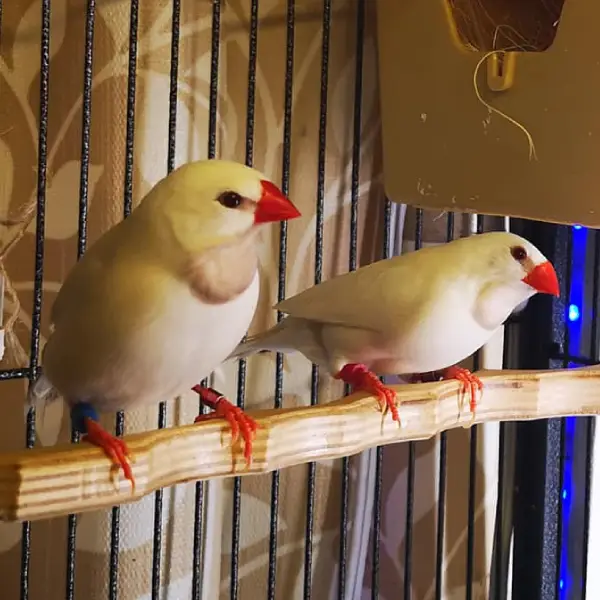-
×
 Red Eyes Bengalese
1 × ₨ 3,000
Red Eyes Bengalese
1 × ₨ 3,000 -
×
 Albino Shaft Tail
1 × ₨ 20,000
Albino Shaft Tail
1 × ₨ 20,000
Subtotal: ₨ 23,000
Free shipping order over 20,000
 Red Eyes Bengalese
1 × ₨ 3,000
Red Eyes Bengalese
1 × ₨ 3,000  Albino Shaft Tail
1 × ₨ 20,000
Albino Shaft Tail
1 × ₨ 20,000 Subtotal: ₨ 23,000
₨ 7,500 Original price was: ₨ 7,500.₨ 6,000Current price is: ₨ 6,000.
Important Keys:
Habitat
Diet
Breeding
Lifespan
Behavior
![]()
Sign Up for Exclusive Birds Care Tips and Offers from Phool Panchi
© 2024 Phool Panchi | Developed By v3Studio
 Red Eyes Bengalese
1 × ₨ 3,000
Red Eyes Bengalese
1 × ₨ 3,000  Albino Shaft Tail
1 × ₨ 20,000
Albino Shaft Tail
1 × ₨ 20,000 Subtotal: ₨ 23,000
WhatsApp us
Reviews
There are no reviews yet.